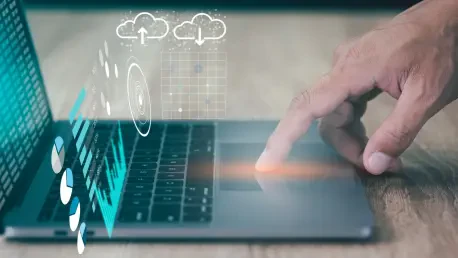Cloud desktops have transformed business operations by enabling remote access, leading to a surge in their adoption. As organizations increasingly rely on cloud desktops, the need for sophisticated real-time monitoring solutions has emerged as a critical component of IT practices. This article explores the current state of cloud desktop monitoring, insights from industry experts, and the anticipated future advancements in this field, providing a comprehensive understanding of its significance and the impact on various sectors.
Current Landscape of Cloud Desktop Monitoring
Growth Trends and Adoption Statistics
Recent data showcases a dramatic rise in the deployment of cloud desktop environments. Driven by the global push towards remote work, cloud desktops have become more than just a trend; they have established themselves as an essential part of IT infrastructure. Real-time monitoring is no longer a luxury but a necessity in this context. According to industry reports, companies integrating real-time monitoring solutions have observed enhanced operational efficiency, with a notable reduction in system downtimes and security breaches.
Real-World Applications and Case Studies
Several leading companies have set benchmarks by integrating robust real-time monitoring solutions for their cloud desktops. For instance, ControlUp has emerged as a pivotal player by collaborating with Amazon Web Services to provide advanced monitoring capabilities for Amazon WorkSpaces. By doing so, they have enabled IT teams to proactively tackle virtual desktop challenges, thus optimizing performance and minimizing support costs. This real-world application underpins the benefits of enhanced visibility into system performance metrics, such as CPU usage and session latency, fostering improved employee productivity.
Insights from Industry Experts
Experts in cloud computing and IT infrastructure emphasize the growing demand for real-time monitoring systems. They believe that the primary challenges involve integrating these systems smoothly into existing architectures without disrupting operational workflows. Furthermore, they predict that as more organizations realize the value of real-time data, the market will see greater investment and innovation in monitoring technologies. The impact is expected to be profound, with enhanced security measures and improved user experience being the foremost benefits. However, experts caution against potential challenges such as data privacy concerns and the complexity of large-scale integration.
The Future of Real-Time Monitoring in Cloud Desktops
The technological landscape is poised to witness remarkable advancements in the realm of cloud desktop monitoring. Future trends indicate a shift toward AI-driven analytics, which will provide deeper insights and predictive capabilities. These developments could transform how industries manage their digital environments, leading to smarter decision-making and efficient resource allocation. Although the benefits are substantial, challenges remain in ensuring data security and maintaining high levels of operational consistency. The implications for diverse industries are vast, with potential gains in productivity and customer satisfaction counterbalanced by the need to address cybersecurity and integration hurdles.
Conclusion
Real-time monitoring for cloud desktops has evolved beyond just tracking performance metrics; it has become vital for ensuring seamless digital experiences and maintaining operational integrity. As cloud desktop usage continues to rise, organizations must recognize the necessity of adopting advanced monitoring solutions. Reflecting on this trend, businesses that embrace this change are likely to experience reduced downtime and enhanced security, setting the stage for sustained growth and innovation in a rapidly digitalizing world. The future holds great promise as technological advancements bring forth new opportunities and challenges for the industry.









